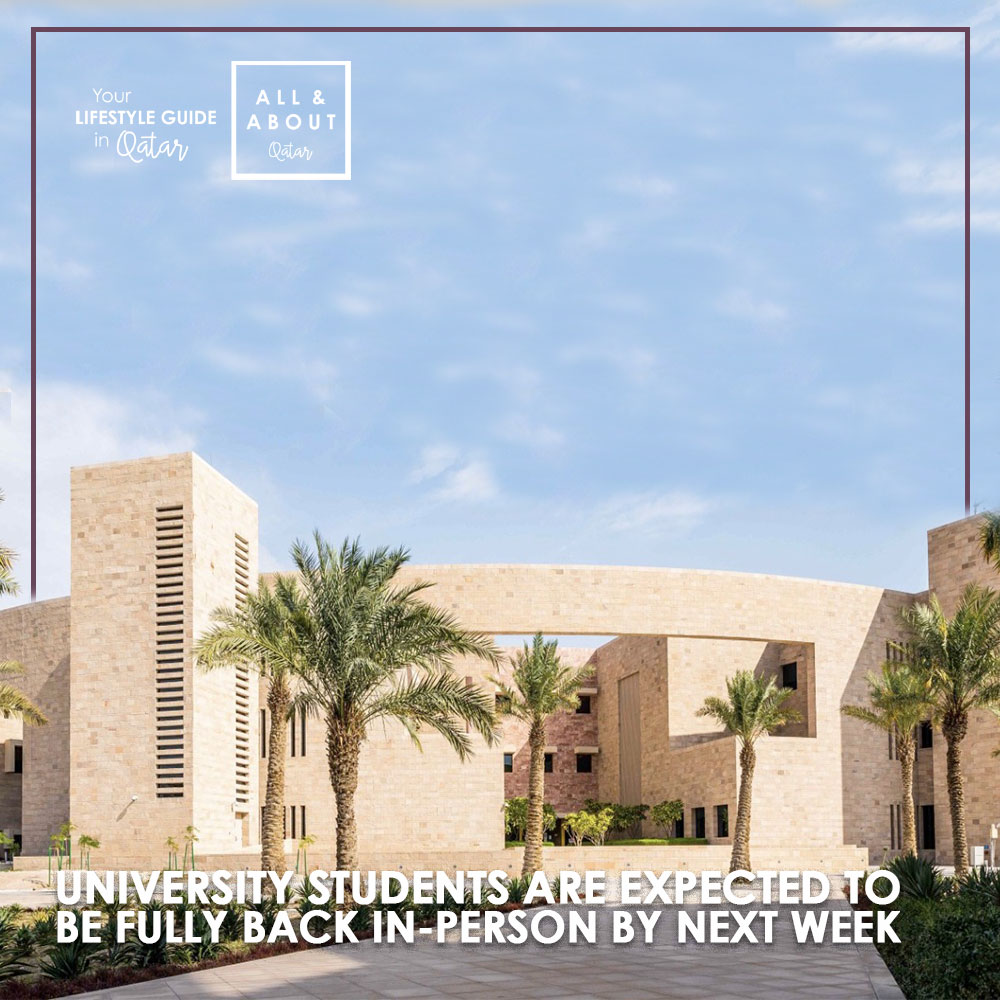Is Seattle really teaching that “math is racist”? Why did parents start to see ideas for math lessons that go far beyond numbers and into questions of identity?
These and other questions erupted on Twitter, shortly after Seattle Public Schools released a draft of new learning objectives that integrate ethnic studies into math, and after conservative news outlets began berating the district.
Seattle schools are in the process of developing ethnic-studies frameworks for different subjects, including social studies and art.
Other states, including Vermont, Oregon and California, are already creating K-12 materials that prioritise the experiences of communities of colour. But while some school districts are only building stand-alone ethnic-studies classes, Seattle is also rethinking existing courses to be taught through an anti-racist lens.
In a US history class, for example, histories of oppression, institutionalised racism, community organising and resistance can be worked into the lesson plan, said Wayne Au, a professor at the University of Washington, Bothell, who has helped lead Seattle’s ethnic-studies initiative.
In math, lessons are more theoretical. Seattle’s recently released proposal includes questions like, “Where does Power and Oppression show up in our math experiences?” and “How is math manipulated to allow inequality and oppression to persist?”
Several online critics voiced their disapproval, insisting that Seattle schools were trying to politicise a subject that often serves as a universal language with clear, objective answers.
It’s not the first time the project has been attacked. Some detractors, Au said, don’t understand what ethnic studies is.
“We do talk about institutionalised racism and the histories and trajectories of racism in the country, but that doesn’t mean white kids need to be demonised in that process,” he said.
Tracy Castro-Gill, the SPS ethnic-studies programme manager, added that these themes are rooted in research that suggests there are immense academic and social benefits to learning ethnic studies.
A 2016 Stanford University report looked at ethnic-studies classes in San Francisco high schools and found that attendance increased by 21% and GPA increased by 1.4 grade points. There were significant effects on GPA specific to math and science, the study said, and boys and Hispanic students improved the most.

Source: Gulf Times
“When students can see themselves in curriculum and see diversity in curriculum, they respond better,” Au said. “And, it can help white students understand themselves better. Structural racism in the country has mistaught white people about themselves – that they don’t have culture, that they don’t have roots.”
This mind-set extends to mathematics and science, Castro-Gill said. “There are studies that talk about specifically black and brown students not being seen as scientists or mathematicians … It affects their efficacy, their ability to engage in that kind of learning,” she said. “That’s why identity is so core to math and science.”
It’s not that the formulas and equations taught in current math classes are racist, Castro-Gill said – it’s about how they’re used in daily life.
“Nowhere in this document says that math is inherently racist,” she said. “It’s how math is used as a tool for oppression.”
One example teachers might mention in an ethnic studies math class, she said, is how black voters in the South were given literacy and numeracy tests before they could cast their ballot. Another might be a lesson on ratios that discusses gaps in incarceration rates and how the weight of a type of drug determines the length of a sentence.
“The numbers are objective,” she said, “but how we use it is not objective.”
Classes might also talk about how different cultures have practised math, such as how Aztecs used a base-20 number system, as opposed to the base-10 system Americans use.
It’s an idea that started gaining traction in Seattle’s school district in 2016.
“Increasingly, our demographics are (majority) students of colour … And the data are telling us that we’re not serving them and we’re not meeting their needs,” Castro-Gill said. Last year, 72.9% of Seattle students of colour graduated on time, compared with 87.9% of white students, according to annual statistics from the state Office of Superintendent of Public Instruction. Students of colour, particularly Native Hawaiian/Pacific Islander, black/African American and American Indian/Alaskan Native students, also performed significantly worse in math and English than their white peers.
Two years ago, the Seattle school board unanimously approved a resolution – after a push from the Seattle NAACP – that supported the introduction of ethnic-studies materials into K-12 schools and instructed the board to create a community task force to design the programme.
After the School Board approved the project, ethnic-studies leaders hammered out several outlines, eventually launching a semester-long pilot programme in five Seattle schools – including John Muir Elementary School, Orca K-8 School, Denny International Middle School, Grover Cleveland STEM High School and The Center School. A separate pilot was also initiated at Garfield High School.
State officials are catching on, too. Earlier this year, the Washington Legislature passed a bill that charged the Office of Superintendent of Public Instruction with developing an ethnic-studies framework that school districts could offer in grades 7-12. The bill also asks OSPI to make recommendations for resources K-12 schools can offer. The framework must be finalised by next September.
Several Seattle parents say that while they want to know more about the proposed changes first, they’re supportive of the plan.
Susan Huber, who has two kids in Seattle Public Schools, said she’s looking forward to her children’s learning being more inclusive.
“I think it’s time for us to be very truthful and very honest about our history (and) our role in it,” Huber said. “I think we probably often have a one-sided approach to history … It’s important for us to represent all sides and make sure our children moving forward understand where we came from and that they can do better than the world we’re giving them.”
Source: https://www.gulf-times.com/story/644466/Math-lessons-go-beyond-numbers
More on Education






Leave A Comment
You must be logged in to post a comment.